Aston Martin's DBX707 puts the 'sport' into SUV
More horsepower than its nearest rivals ensure the latest version of the DBX is at the top of the SUV tree

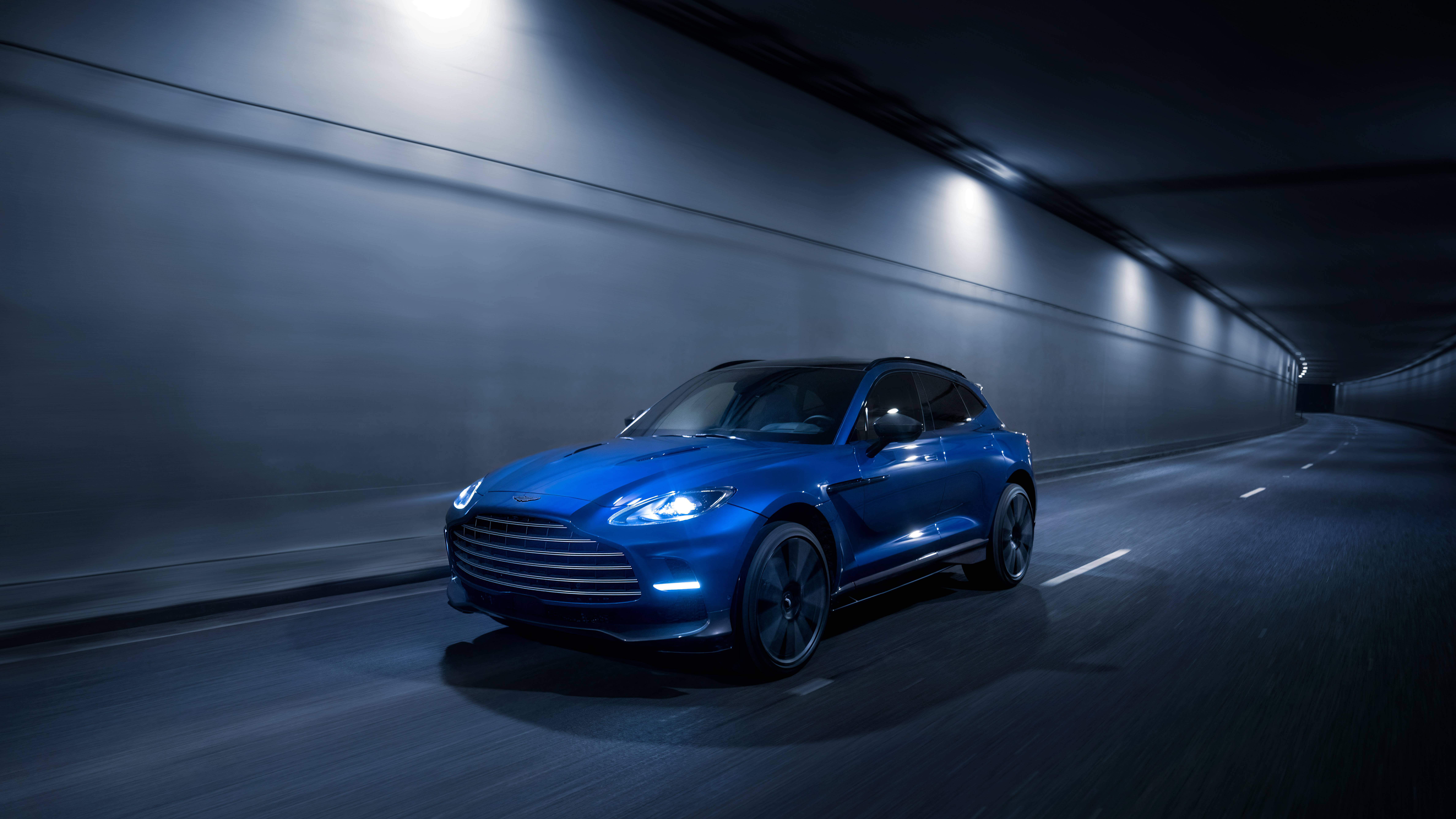
When Aston Martin’s DBX debuted back in 2020, it wasn’t exactly lacking. As the brand’s first ever Sport Utility Vehicle, it was a little late into a sector already dominated by big hitters from Bentley, Rolls-Royce, and Lamborghini. Aston’s angle, as always, was that not only would the DBX be brilliant to drive, it would also be beautiful, a tall order for a bulky class of car that often struggles to hit existing brand design values.
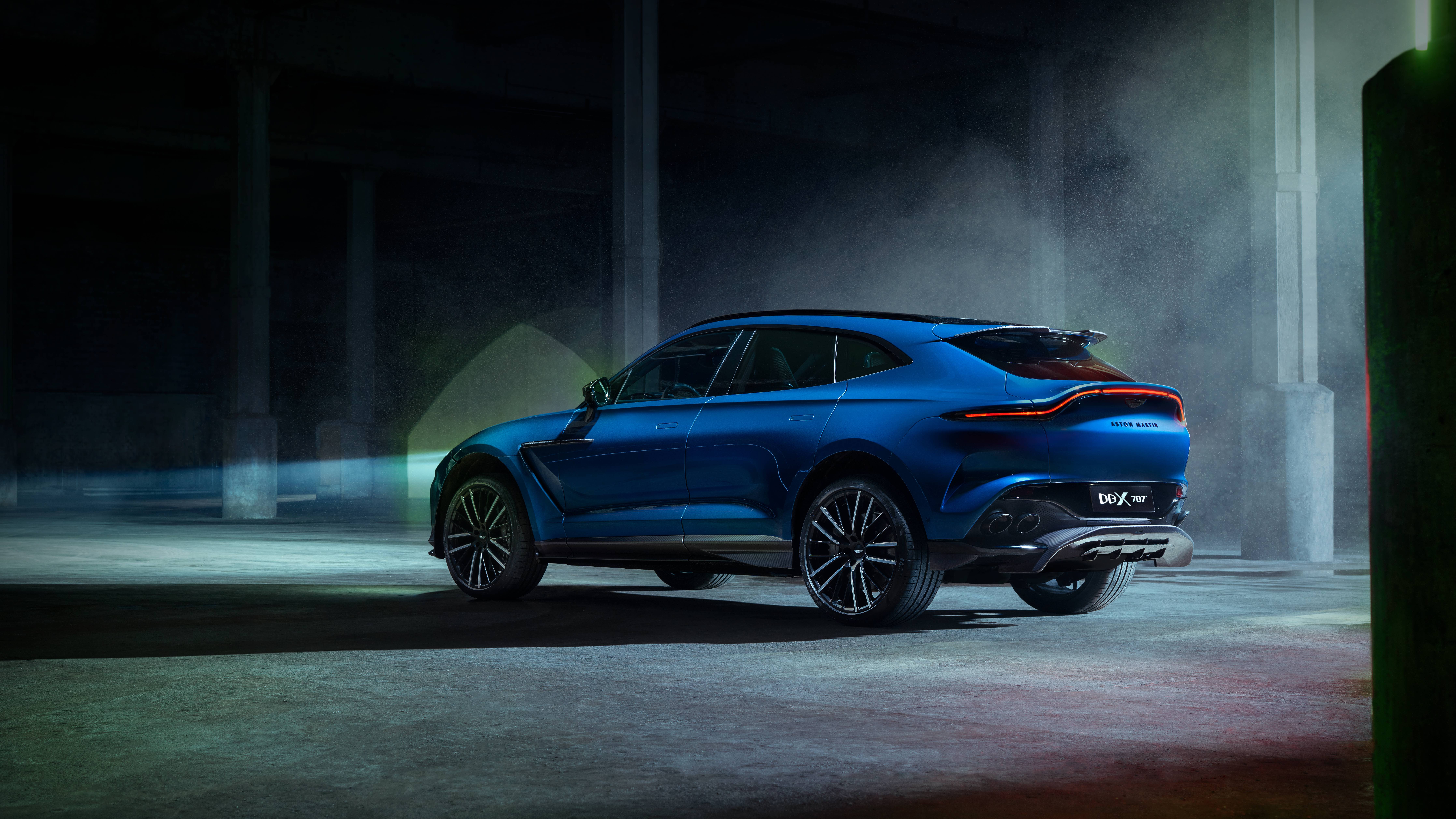
Fans of the brand needn’t have worried. The DBX was elegant from the outset, with an effortless fluidity of form and nods to all the key forms of Aston Martin’s much trumpeted design language. From the vast front grille to the muscular haunches at the rear, DBX showed that a five-seater Aston Martin was a realistic proposal, rather than an awkward, market-pleasing compromise. It also performed well both on and off the road, with a dynamic ability that belied its size and weight, giving it the feel of a much smaller, lighter car.
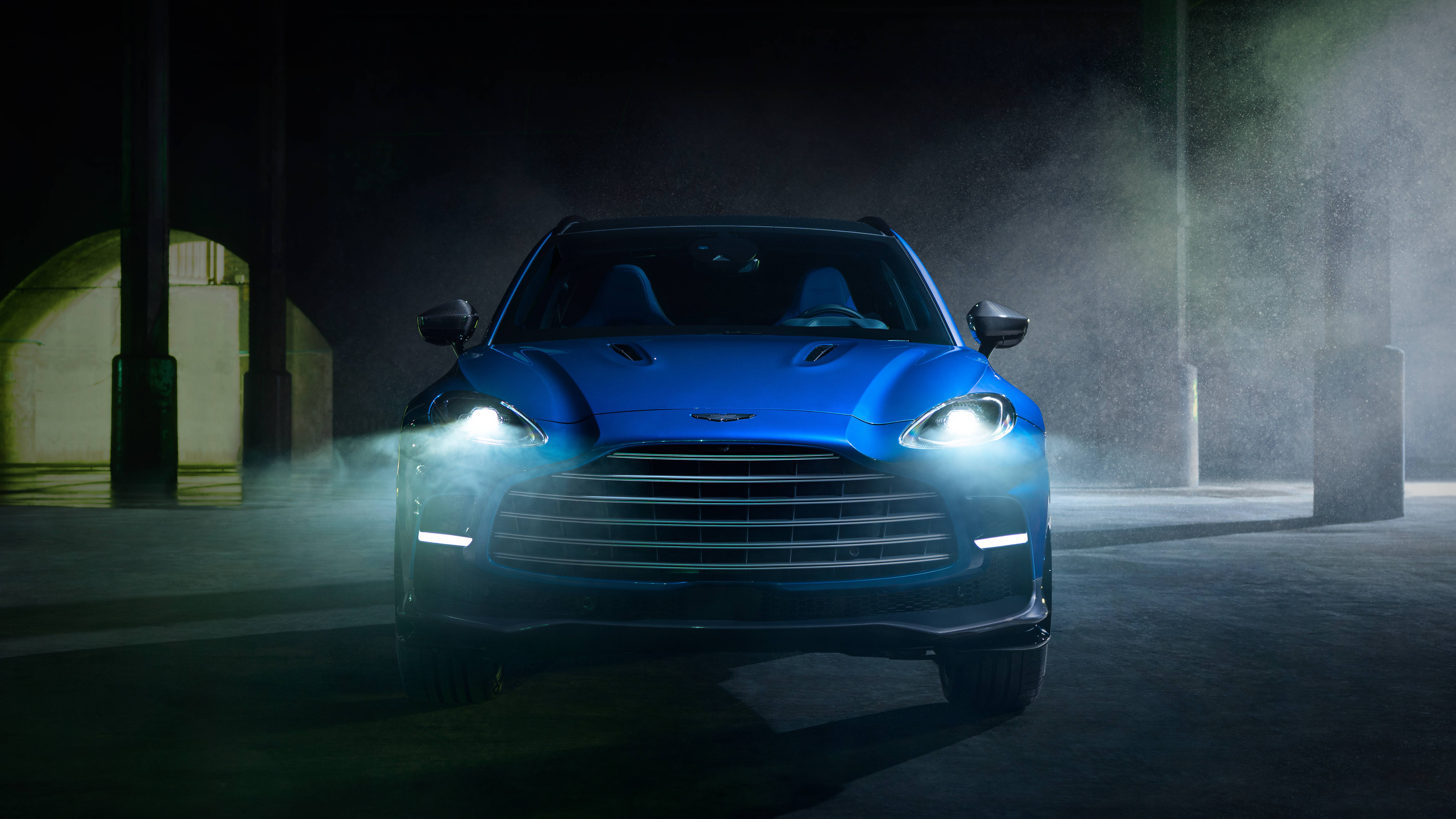
Sports car makers need SUVs, however sacrilegious it might seem. After all, it was the Cayenne that saved Porsche’s economic bacon, way back at the turn of the century. The trend continues. Bentley’s Bentayga made up 40% of the company’s 2021 sales, while the Urus accounted for 60% of all Lamborghinis sold last year. Neither is what springs to mind when you think of big luxury British GTs or sporting Italian exotica, but it’s the SUV that bankrolls the company, often bought as more practical, ‘everyday’ cars for owners who can’t face parallel parking their Aventador.
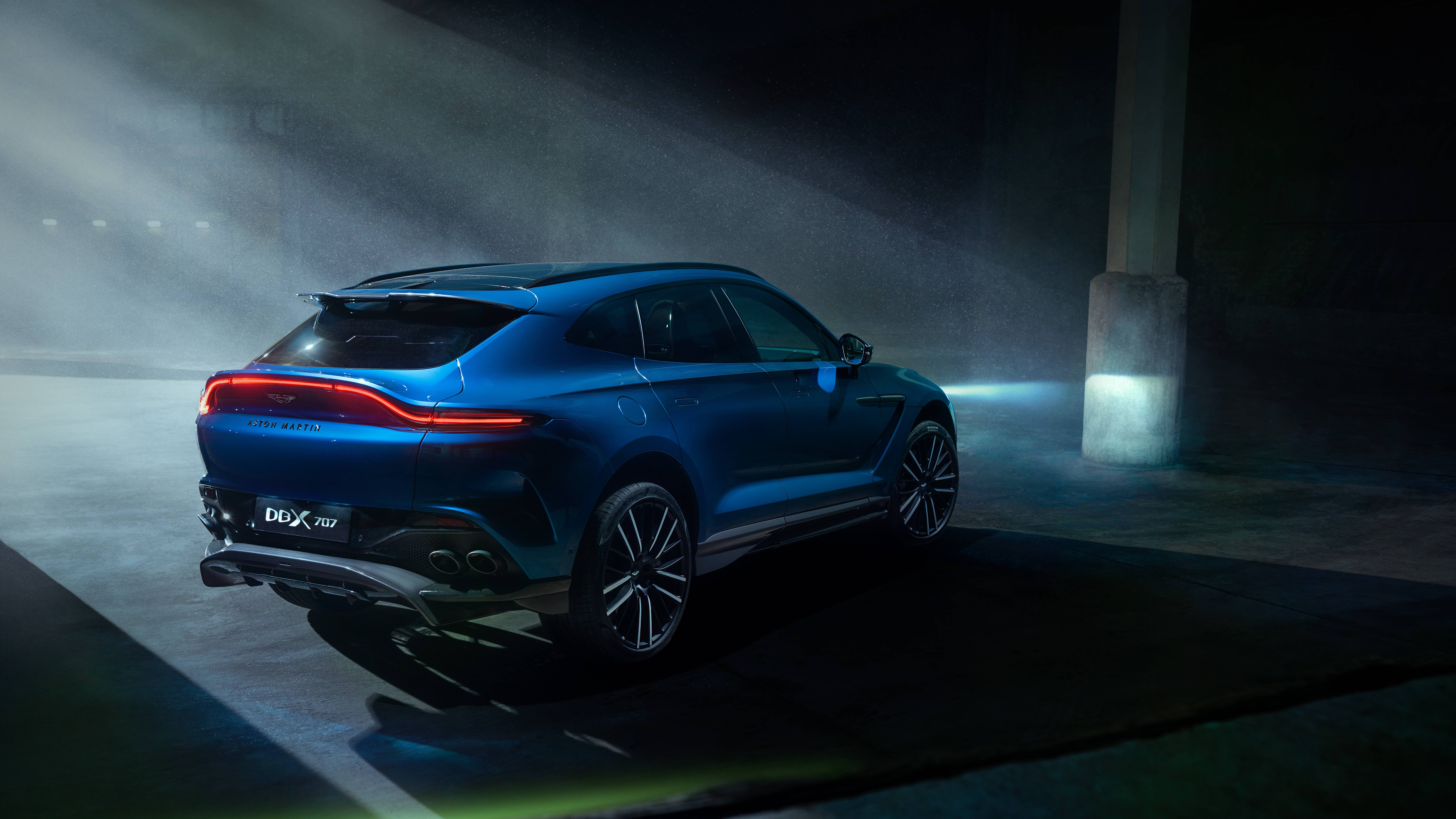
Aston was hoping for a similar sales boost, and it got it. The company doubled volumes in 2021, thanks almost entirely to the introduction of the DBX. Last year, a six-cylinder light hybrid model was introduced just for the Chinese market, and this year sees the third iteration of DBX, the 707. That number refers to the new variant’s engine output, 707PS. This figure comfortably trumps the Urus’s 650PS and the Bentayga S’s 635PS, allowing Aston to call this ‘the most powerful luxury SUV on the market.’ Note the word ‘luxury’ – you can buy more brutish SUVs, but they won’t have soft, supple leather interiors, hand-stitched steering wheels or lovingly laid wooden veneers.

We haven’t had the chance to get behind the wheel of DBX707 just yet, but the menu of new additions sounds enticing. Although it shares the same (Mercedes-AMG sourced) 4.0 litre twin-turbo V8 as its ‘lesser’ sibling, there have been a host of upgrades to the engine and transmission to increase the power by an additional 157PS to hit the fabled number. The suspension and braking system (the latter using 420mm carbon ceramic brake discs) have also been enhanced to better cope with the power, and there’s a new 9-speed automatic gearbox.
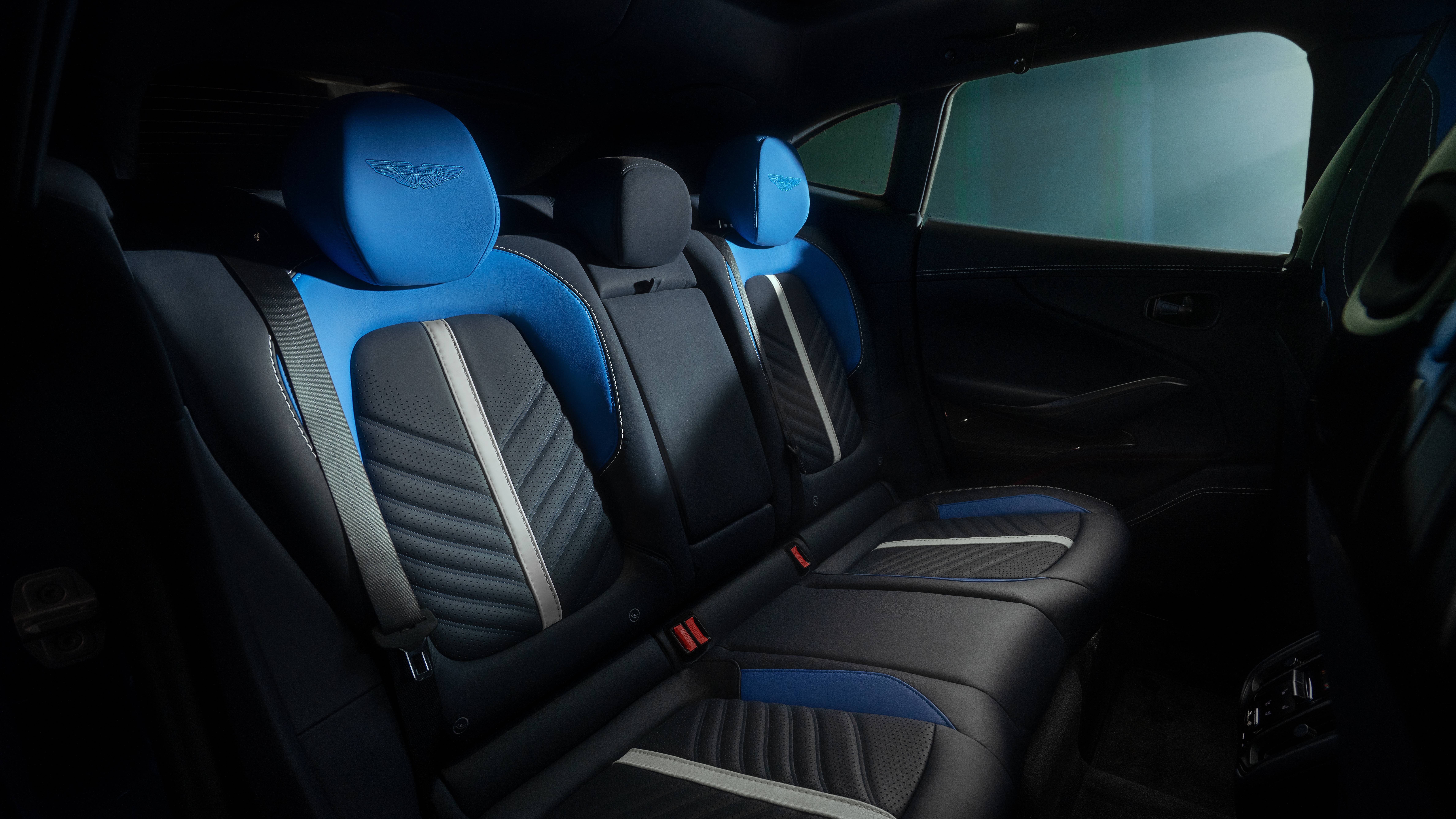
Promised performance includes a 0-62mph time of 3.3 seconds, a time which approaches performance EV territory. It will top out at around 193mph, besting both Urus and Bentayga, but good luck finding a runway to put this to the test. Let’s just say that this is a paper victory, although there’s a “Race Start” function that serves as a demo mode for the standing sprint.
What really matters, however, is how the DBX707 handles and how it looks. The air suspension system does a lot of work, with an eARC (Electronic Active Roll Control) system that tightens up the steering feel by bolstering the spring volumes depending on the circumstances; stand on the brakes and it’ll prevent the car from pitching forwards, for example.
Get all the latest news, reviews, deals and buying guides on gorgeous tech, home and active products from the T3 experts
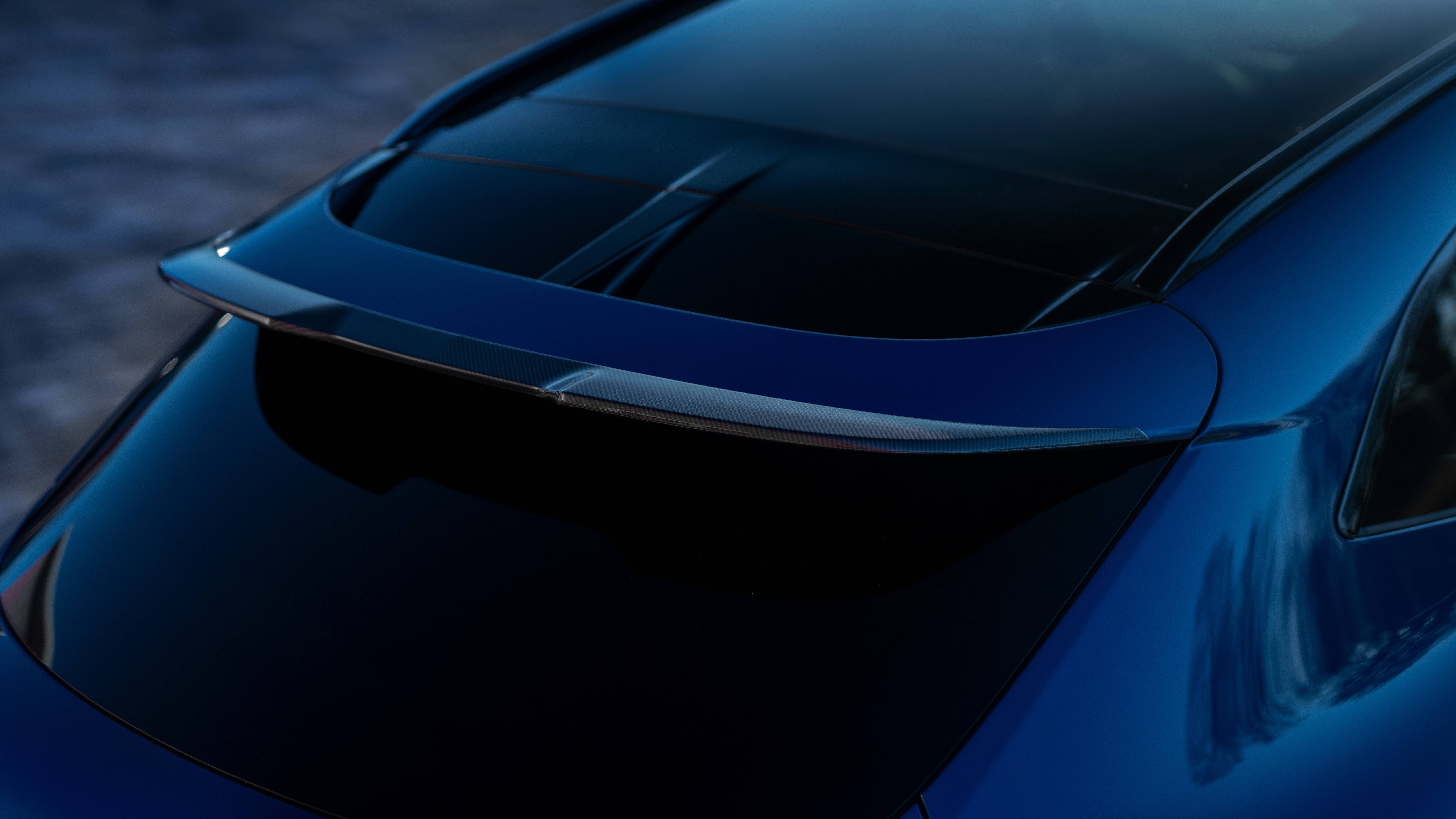
Wheels are 22” as standard (colossal 23” rims are optional), shrinking the visual appearance of this enormous car. Other design changes include interior revisions to make switchgear more accessible, 16-way adjustable sports seats, and dark chrome finish on the switches, set against piano black veneer.
Outside, there is more elaborate and ostentatious aero kit, including a new front and rear splitter and an even larger front grille (the largest the company has ever made, in fact). In short, it looks and feels the business. And being an Aston Martin, you will be positively encouraged to make your own stamp on the car by customising any surface you see fit – for an additional fee.
Aston Martin DBX707 is priced from £189,000, deliveries in Q2 2022.
Read more at AstonMartin.com.
This article is part of The T3 Edit, a collaboration between T3 and Wallpaper* which explores the very best blends of design, craft, and technology. Wallpaper* magazine is the world’s leading authority on contemporary design and The T3 Edit is your essential guide to what’s new and what’s next.

Jonathan Bell is Wallpaper* magazine’s Transport and Technology Editor, a role that encompasses everything from product design to automobiles, architecture, superyachts, and gadgets. He has also written a number of books, including Concept Car Design, 21st Century House, and The New Modern House. His interests include art, music, and all forms of ephemera. He lives in South London with his family.
